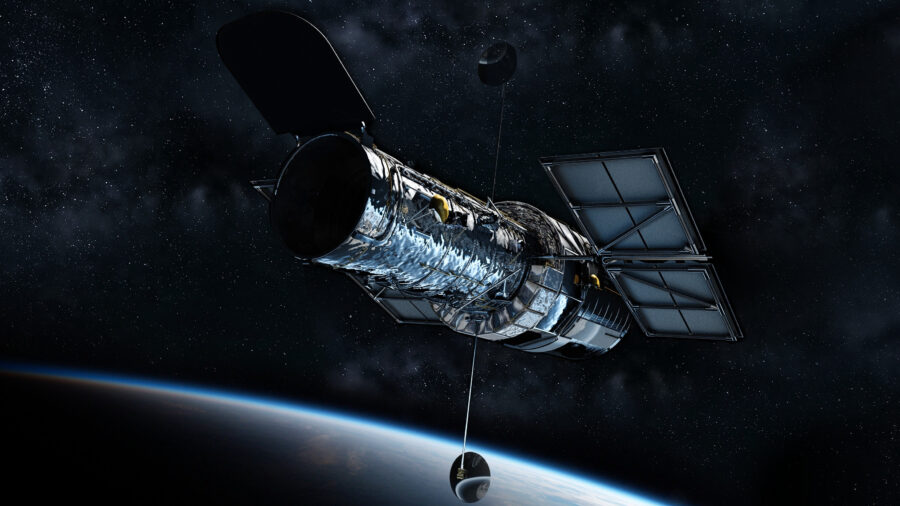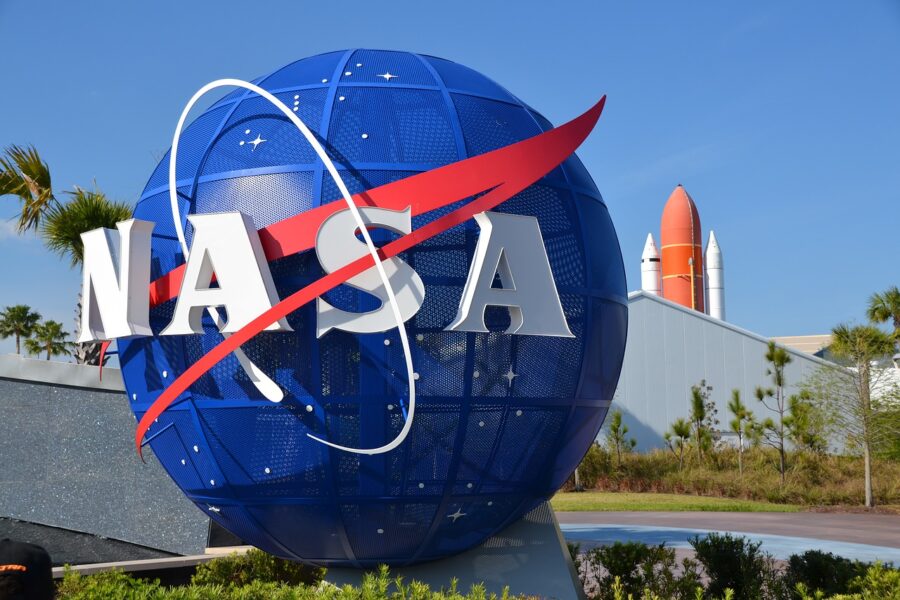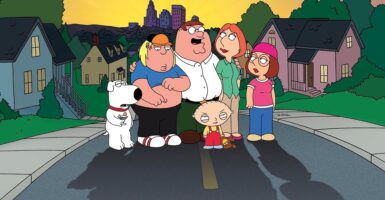NASA Urged To Rename James Webb Space Telescope After Controversial Accusations
NASA is set to name the Hubble successor, the James Webb Space Telescope. But there's some brewing controversy around the title
This article is more than 2 years old

James Webb was big-time during his tenure at NASA. He was the second person to actually lead the civilian space program when he took charge from 1961 through 1968 and the Apollo era. His vision and skill were instrumental in establishing NASA’s aerospace infrastructure and he was also a key figure in the development of psychological warfare during the Cold War. And because of these achievements, there’s a plan to name new technology the James Webb Space Telescope. But some are saying the scientist’s names doesn’t belong there.
Although all the technological and scientific attributes of James Webb can’t be denied, a brewing controversy over the man himself and the James Webb Space Telescope is beginning to come to light. When Webb took over NASA in 1961, he also took over implementing a federal policy that saw the purging of LBGT individuals from the NASA workforce.
This accusation, not the first time Webb has been hit with these, comes from an Op-Ed piece in the Scientific American. In it, the three authors, University of New Hampshire physicist Chanda Prescod-Weinstein, University of Washington astronomer Sarah Tuttle, and Adler Planetarium astronomer Lucianne Walkowicz, say that even though Webb’s contributions during the Cold War and his leadership at NASA were historic, it is not enough, in their humble opinion, to outweigh the damage Webb did by removing a large number of individuals based on their sexual preference. And for this, the authors state that his name belongs nowhere near an object of such magnitude, meaning the James Webb Space Telescope will need a different title.

Now, the history behind this is a little more complicated than what the three authors are presenting. The authors cite an example of Frank Kameny, an astronomer hired by the U.S. Army Map Service. Kameny decided he didn’t wish to share information about his sexual orientation, so he was eventually fired after an investigation into his background. The authors point out that while this incident wouldn’t stand in today’s environment, back then this happened under Webb’s watch. This was all part of what was known as the Lavender Scare when the government was trying to root out homosexuals.
While the authors claim their proof is incontrovertible, others claim this proof is a case of mistaken identity. There is another side that claims while the incident is true and happened during Webb’s time at NASA, it wasn’t Webb who made the decision. They say he was a “hero of diversity and inclusion in American government.” Hakeem Oluseyi is one such person who did a deep dive into the controversial allegations against Webb and came to a much different conclusion. The conclusion Oluseyi arrived at was that colleagues of Webb’s, John E. Puerifoy and Carlisle H. Humelsine, were to blame. Oluseyi says Puerifoy was the Assistant Secretary of State for Administration while also holding two other titles which is what likely caused the confusion with Webb. Humelsine was the Director of the Executive Secretaria, while also holding a few more titles, again, something that could have caused more confusion with Webb. Both Puerifoy and Humelsine were the foot soldiers who carried out the dastardly deeds of the Lavender Scare. This version of the story would seem to make the James Webb Space Telescope a fine enough venture.
The only link Oluseyi could find between Puerifoy, Humelsine, Webb, and the Lavender Scare was a memo that Humelsine sent to Webb titled Problem of Homosexuals and Sex Perverts in the Department of State. This appeared to be an update to Webb on the perceived security risks posed by homosexuals and the continuous efforts to remove them from any federal service.

The James Webb Space Telescope is also known as the “Next Hubble”, it is that advanced. A fraction of the size with a larger primary mirror, those aren’t the only differences between the two. The Hubble, which entered space in 1990, orbits Earth at an altitude of around 570 km. The James Webb will not even be in Earth’s orbit, instead, it will sit in the L2 or Lagrange point, which is approximately 1.5 million kilometers from Earth.
Another main comparison of the two telescopes is how far back they have the ability to see. In simple terms, the Hubble can see the equivalent of toddler galaxies while the new James Webb will be able to see baby galaxies. The main reason the James Webb Space Telescope can see further is that it is an infrared telescope. There is also a comparison of the James Webb to another infrared telescope, the Herschel Space Observatory. The Herschel is out in L2, where Webb will reside, but the main difference is the telescope’s comparative wavelengths. The Herschel went from 60 to 500 microns while the Webb will go from 0.6 to 28.5 microns. The reason for the big difference is that Herschel was looking for the most active star-forming galaxies while the Webb is on the prowl for the first galaxies to form in the early universe.
Prescod-Weinstein, Tuttle, and Walkowicz wrote, “With that knowledge, we think it is time to rename JWST because the name of such an important mission, which promises to live in the popular and scientific psyche for decades, is a reflection of our values.” They were, of course, speaking of what they feel is Webb’s contribution toward the Lavender Scare. They have suggestions for a new name of the telescope, leaning heavily on Harriet Tubman, conductor of the Underground Railroad. They would love to see the new telescope called the Harriet Tubman Space Telescope, claiming that her memory would live on in the heavens of which gave her and many others like Tubman hope. They also feel that a Tubman telescope would be a reminder that the nighttime sky is a shared heritage, that belongs to all of humanity to include the LGBTQIA+ people.
But here’s the thing. If they are calling for Webb’s name to be stricken from the new telescope, then why not take it even further and disband NASA themselves. By their logic, if Webb was complicit, then so was NASA. NASA (actually the government) hired him. The government wrote the federal policy. So why just stop at Webb? A James Webb Space Telescope may live in the outer regions for as long as it can, but NASA is the face of space travel. The National Aeronautics and Space Administration should be just as guilty, shouldn’t they?












